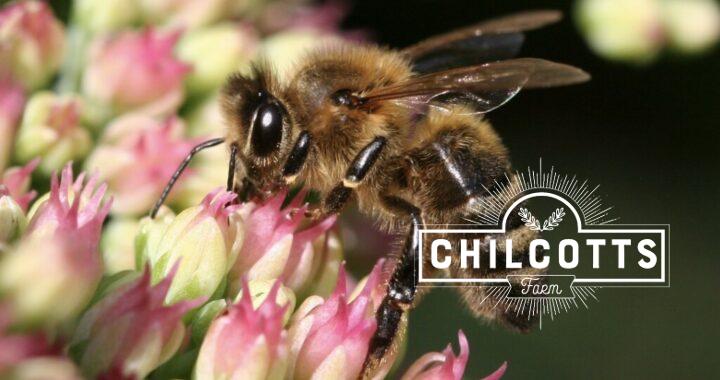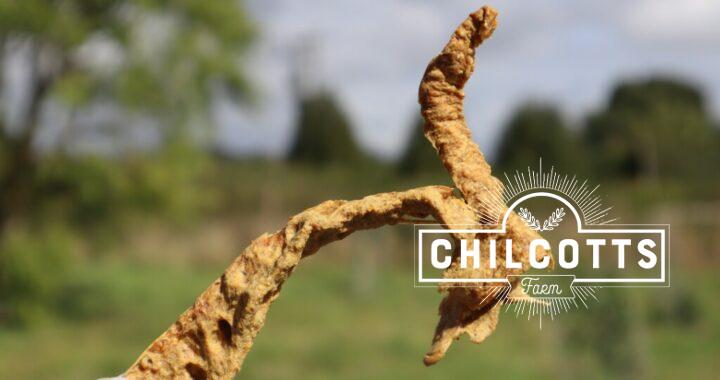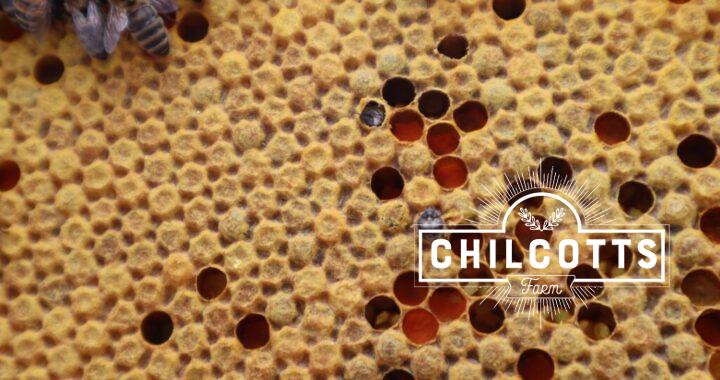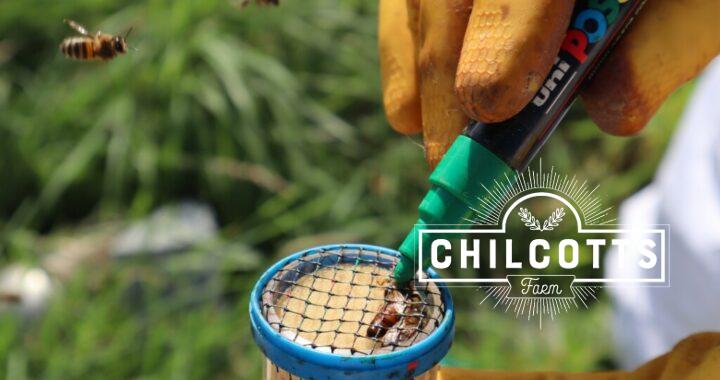We are having some warm weather at the moment. The sunny warm days are great for the bees allowing them to get out and about to build up their winter stores. Caught this lady foraging on a flowering ‘Iceberg’ (Sedumspectabile ) plant.
Tag: Bee Keeper
Honey Bee On a Sunflower Covered in Pollen
This little lady was buy yesterday on a late sunflower. Even though it is mid September, some of the sunflowers are still in full bloom, and the bees are all over them. They must be a good source of pollen at this time of year!
Propolis or Bee Glue
This year, the bees seemed to have produced a large amounts of propolis, which has made working the hives quite difficult.
Bees use this to seal up small holes and gaps in the hive. Quite often the small gap between the frames are glued together making inspection a bit harder as the frames have to be unstuck and the propolis scrapped off.
Proplis is a product of bee saliva, wax and tree resins. It is meant to have anti-bacterial and fungal properties and can be found in the use of health and healing products.
This picture was taken on a warm day when the propolis was really sticky and flexible. When colder it can become quite brittle. The picture shows the propolis after I had scrapped it off the top of a frame. The frame was stuck to the crown board (a board that covers the top of the frames).
New Bees for the Winter
As we move toward the winter months, the hive is beginning to prepare for the colder weather. Having gathered their honey as winter food to keep them going until the first spring flowers, the winter bees are beginning to emerge.
If you look closely, you can see some bees just poking their heads out of their cell. They are removing the capping from the cell where the egg was laid and they have transformed into a bee. Once emerging they will join the rest of the colony.
These new bees are potentially the bees that will take the colony through the winter until early spring. Winter bees tend to live for 5 months, whereas the bees hatched out in spring and summer live for about 6 weeks!
Marking the Queen Bee
As the season draws to a close, it gives me a chance to undertake some final checks on the colony and perform some house keeping.
Today was a chance to mark some of this year’s queens. The queen bee is larger than the workers, but is often difficult to find amongst all her daughters. Being able to easily see her speeds up the hive inspection.
Queens are colour coded depending on the year, this helps you remember their age. For 2019 the colour is green.






